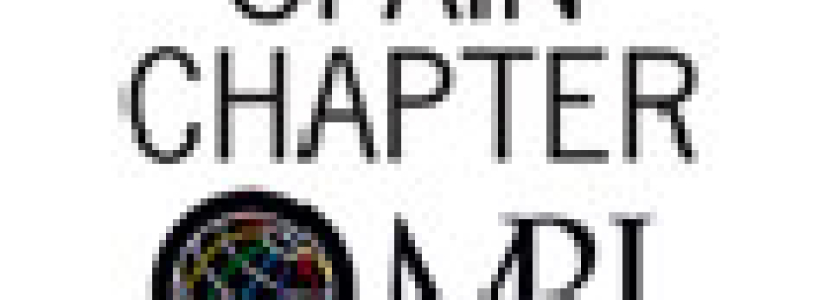
The seminar "Truths and Lies about Web 2.0 for Events", organized by the Spanish Chapter of MPI (Meeting Professionals International), was held in 18 May.
On this occasion, the Tryp Condal Mar Hotel in Barcelona was chosen as the venue for the conference, at which Prudencio Herrero provided a large number of examples of the use of the Web 2.0 at events, as well as demystifying some of the axioms associated with it.
According to Herrero, "we are still in the era Web 1.0 and it will a long time before we move on. As humans, we haven't changed – the ways we related to one another are still the same – although what have indeed changes are the channels." Along these lines, Herrero referred to the different sources of information used in purchase decisions: 84% friends; 80% salespeople and professionals; 65% tradeshows and congresses; and 64% social media.
The use of new technologies in the business world has three objectives: to reach a larger audience, to engage this audience, and to increase productivity. Although "where do we start?" asked Herrero, who recommended the use of online and live polls and comments, taking into consideration other media such as audio and video, and above all "thinking about why something is going to be done."
Afterwards, Herrero explained the potential of the different tools comprising the Web 2.0: customized event maps generated by Google Maps for planners, speakers and attendees; online calendars with the aim of establishing event dates according to the attendees' agenda; podcasts of interviews with speakers and attendees; social media for viral marketing, etc.
Figuring among Herrero's expert recommendations were the following: attendee mapping by profiles, instead of physical location; polling attendees about the subject of the opening keynote, thus allowing them to participate in content design; and widening the event's audience through live comments, presentation sharing and remote participation. Along these lines, Herrero mentioned the Web 2.0 Expo (web2expo.com) as an example of good practices.
Herrero ended the session by recommending the creation of a value proposal based of an event's audience, a specific proposal for each audience segment, for instance, the reason for attending. In this way, and taking into account the type of audience and value proposal, organizers can decide on what channel to use so as to reach and interact with the audience.
Prudencio Herrero
An experienced speaker on corporate innovation and an expert in applied innovation, Herrero has been a technological centre and company consultant since 1999. Over the last four years, he has given training courses on the use of creativity, technological surveillance, implementing innovation strategies, and the agile development of new products and services using new management methodologies in innovation projects, and innovation team management to over 1,200 people.




